



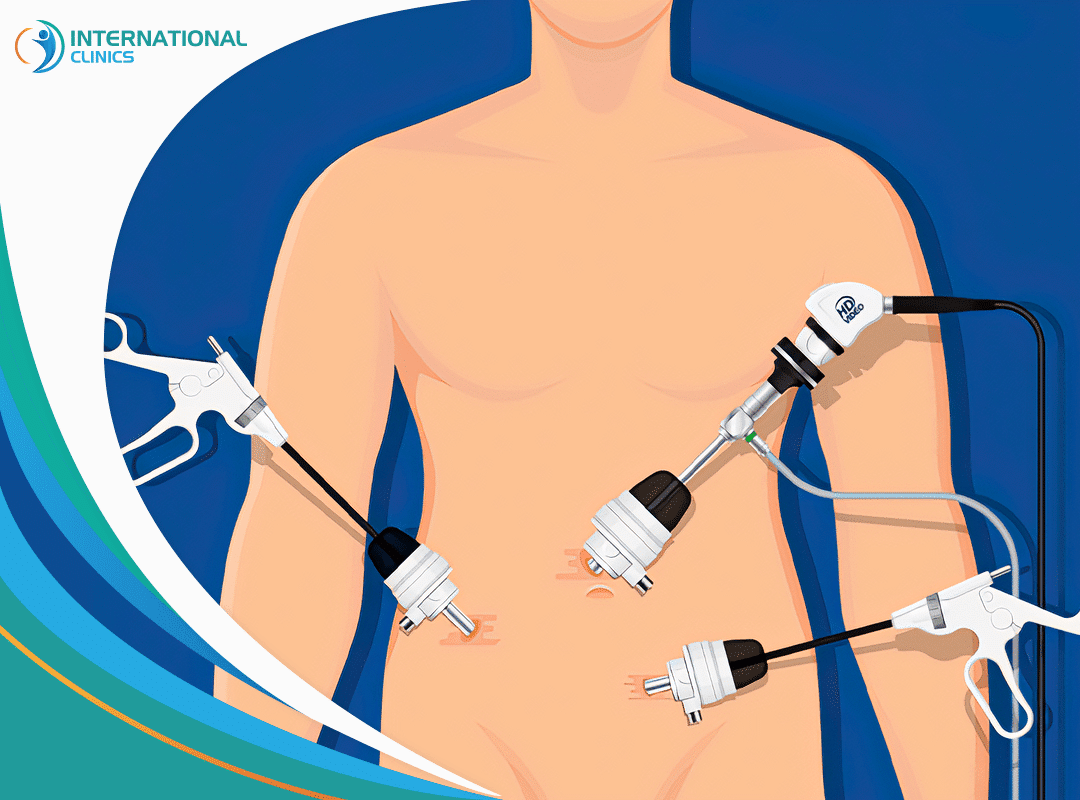
Gastric sleeve surgery is a popular bariatric procedure that aids in weight loss by reducing the size of the stomach. While the surgery has numerous benefits, including improved health and quality of life, patients often have concerns about the potential scarring that may result from the procedure.
Scarring is a natural part of the healing process after any surgery. During gastric sleeve in Turkey, several small incisions are made on your abdomen.
These incisions allow the surgeon to insert a laparoscope and other surgical instruments necessary to remove a portion of your stomach and reshape it into a smaller "sleeve." However, these incisions do leave behind scars.
Next, we will explore what patients can expect regarding scars before and after gastric sleeve surgery, and discuss ways to minimize their appearance.
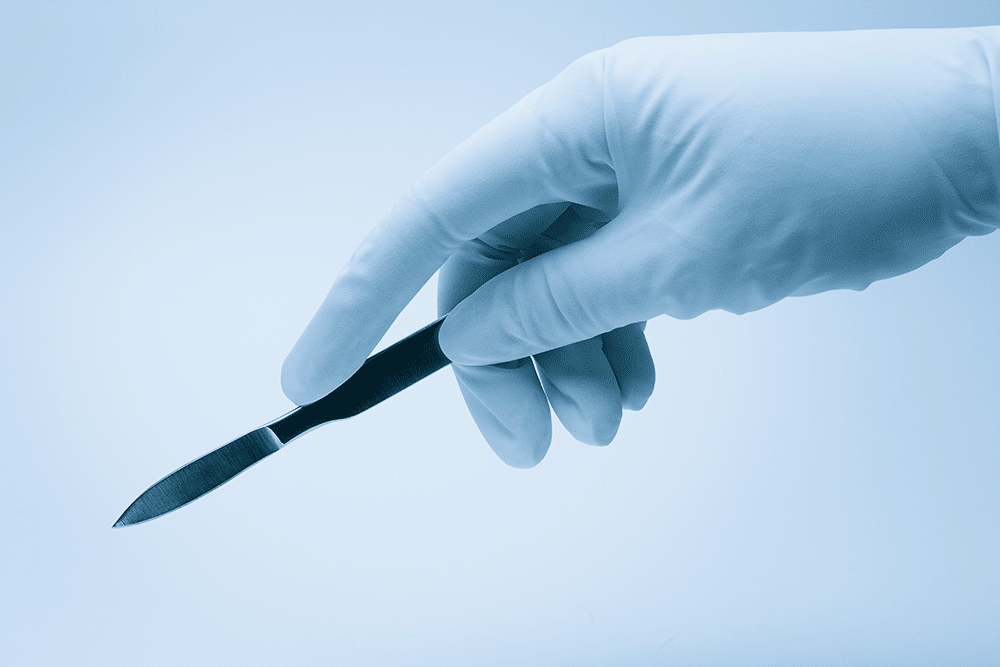
The appearance of gastric sleeve surgery scars is not static and it evolves as part of the natural healing process.
These scars can vary significantly in size, shape, and color. Some individuals have minimal scarring that is barely noticeable, others may develop more prominent scars.
Each person\s body reacts differently to the surgery, resulting in unique scar formations. Some of these factors include:
Scars are typically located on the abdomen area where the incisions were made. The size of these scars can range from small marks to larger areas of discoloration.
The shape of the scar after gastric sleeve surgery in Turkey can also differ based on the technique employed by the surgeon. Common types of scars include:
Furthermore, gastric sleeve surgery scars can exhibit various colors during different stages of healing. Initially, fresh scars tend to appear pink or red due to increased blood flow in the area. Over time, these colors usually fade into lighter shades like white or silver as collagen production increases and healing progresses.
Different skin types have varying levels of elasticity and pigmentation, which can influence how scars form and fade. For instance, individuals with darker skin tones may experience more noticeable scarring due to increased melanin production.
While some people have a natural tendency to heal with minimal scarring, others may develop hypertrophic or keloid scars.
Hypertrophic scars are raised and thickened, while keloid scars extend beyond the boundaries of the original incision site. These types of scars can be more challenging to manage and may require additional treatment options.
Prolonged exposure to sunlight without proper protection can cause scars to darken and become more pronounced. Therefore, it is essential to protect surgical scars from direct sunlight by using sunscreen or covering them with clothing.

Like any surgical procedure, gastric sleeve surgery leaves behind scars. However, regardless of the specific approach taken by the surgeon, minimizing visible scars is always a priority.
In most cases, these scars are found either on the abdomen or upper chest area. The choice between these two areas is determined by individual factors unique to each patient.
If your surgeon opts for an abdominal incision, this type of scar typically runs horizontally across your abdomen, although its length may vary depending on several factors such as body size and excess skin removal requirements. While this scar will be visible, it often fades over time and becomes less noticeable.
On the other hand, some surgeons may choose to perform a single-incision gastric sleeve surgery. This approach involves making a small incision within your belly button, resulting in a scar that is cleverly hidden from plain sight.
By strategically placing the incision in this manner, surgeons aim to minimize scarring visibility while still achieving successful weight loss outcomes.
By making small incisions strategically placed in less noticeable areas, surgeons aim to ensure that post-surgery scars are discrete and easily concealable.
This helps patients feel more confident about their appearance after undergoing gastric sleeve surgery.
Large incisions can result in more prominent scars that may take longer to fade or be more difficult to hide under clothing.
Small incisions not only minimize visible scarring but also offer other benefits. They require less time for healing compared to larger ones since they involve fewer layers of tissue being cut through. Smaller wounds generally have a lower risk of complications such as infection.
After surgery, patients should follow their surgeon\s instructions regarding wound care. Following these guidelines can help prevent infection and promote optimal healing, ultimately reducing the likelihood of prominent scars. There are other steps patients can take to minimize scarring. These include:
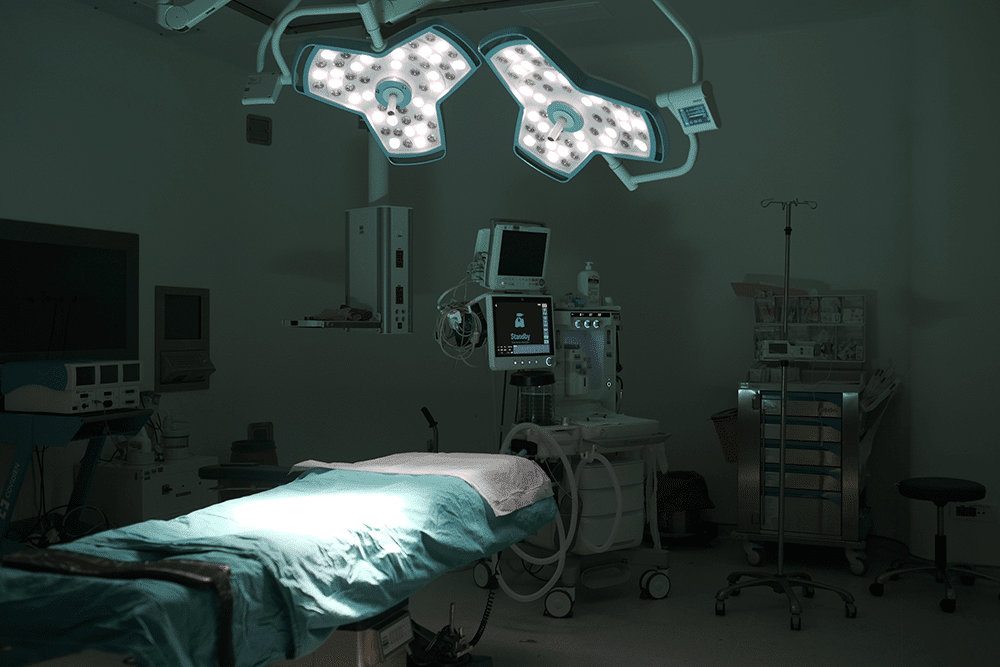
| Surgical Technique | The approach used by the surgeon determines scar placement. |
| Surgeon\s Skill | Expertise plays a crucial role in incision placement during surgery to achieve minimal scarring |
| Body Anatomy | Patient-specific concerns can be considered for scar visibility concerns. |
| Incision Type | Different procedures require specific incisions, impacting scar placement. |
| Pre-existing Scarring | Prior scars may influence new scar placement decisions. |
| Patient\s Preference | Patient specific concerns can be considered for scar visibility concerns. |
| Medical Necessity | Some conditions dictate scar placement for surgical access. |
| Wound Tension | Careful placement reduces tension and minimizes scar prominence. |
| Healing Tendency | Individual healing rates influence scar formation. |
| Post-operative Care | Proper wound management affects final scar appearance. |
After undergoing gastric sleeve surgery or any other obesity surgery in Turkey, patients enter the immediate post-operative phase. During this period, specific care is taken to ensure proper healing of the incision sites and minimize any discomfort or complications that may arise.
Immediately after the surgical procedure, the surgeon closes the incision sites using either sutures or staples. These closure methods are chosen based on various factors, including the surgeon\s preference and the patient\s specific needs.
Sutures involve stitching the skin together using a thread-like material, while staples use metal clips to hold the edges of the incision in place.
To protect the wounds during the initial healing phase, dressings or bandages are applied over the incision sites.
These dressings serve multiple purposes: they provide a barrier against external contaminants, absorb any drainage or fluid from the wounds, and offer support to reduce tension on the incisions.
The type of dressing used may vary depending on individual circumstances and surgeon preference.
It is common for patients to experience some degree of swelling, redness, or tenderness around the surgical site immediately after gastric sleeve surgery. This is a normal part of the body\s natural healing response to trauma caused by open surgery. Swelling occurs as blood flow increases to aid in tissue repair and regeneration.
Redness around the incision sites can be attributed to increased blood flow as well as inflammation caused by tissue damage during surgery.
It is important to note that mild redness is expected; however, if it worsens or is accompanied by other concerning symptoms such as excessive pain or discharge from the wound, it should be promptly reported to your healthcare provider.
Tenderness at and around the surgical site can also be expected during this phase. The body perceives trauma as an injury and responds with sensitivity to protect itself. As healing progresses over time, these symptoms typically subside gradually.
During the immediate post-operative phase, it is crucial to follow the care instructions provided by your healthcare provider. These instructions may include:
Factors such as genetics, age, overall health, and wound care practices can influence how scars heal and mature. It is important to have realistic expectations and understand that complete healing and final scar appearance may require patience.
Each person\s skin reacts differently; therefore, it is essential to consult with your surgeon about suitable products for scar prevention during your recovery. Tips for Minimizing Scarring After Gastric Sleeve Surgery:
Single-incision gastric sleeve surgery involves making just one small incision, typically in the navel area. These advantages include:
While single-incision gastric sleeve surgery offers these advantages in terms of scarring and recovery, not all patients may be suitable candidates for this technique.
The decision to opt for a single incision or traditional multi-port surgery should be made after a thorough evaluation of the patient\s individual needs and the surgeon\s expertise.
Taking care of your scars is crucial for their long-term appearance. One effective way to promote healing is by regularly applying moisturizers or creams specifically designed for scar management. These products help keep the scar tissue hydrated, which can lead to softer and less noticeable scars over time.
Moisturizers and creams work by providing essential nutrients and hydration to the skin, allowing it to heal properly. They also help prevent dryness, which can make scars more prominent. To apply the moisturizer or cream, gently massage it into the scar using circular motions.
This helps improve blood circulation in the area and encourages new collagen production, which is essential for the natural healing process of the skin.
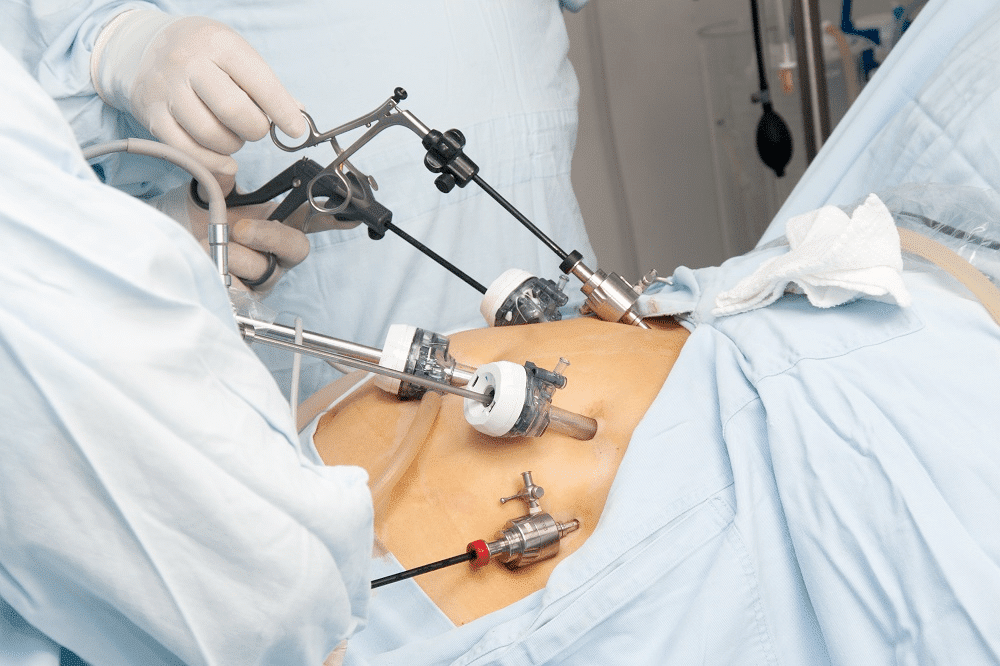
Another option that might be discussed is the use of advanced therapies like microneedling or chemical peels.
These treatments stimulate collagen production and encourage skin regeneration, leading to improved texture and appearance of scars over time. Your healthcare professional will evaluate your specific case and guide you toward the most suitable treatment option based on their expertise.
Generally, scars go through several stages of healing over several months. Here\s a general timeline:
Multiport laparoscopic gastric sleeve surgery is a minimally invasive technique that involves making multiple small incisions on the abdomen. These incisions, also known as ports, allow the surgeon to insert specialized instruments and a camera to perform the surgery.
The use of multiport laparoscopic techniques offers several advantages over traditional open surgeries. One significant benefit is the reduced size of the incisions.
In most cases, these incisions are less than an inch in length, resulting in minimal scarring compared to larger open incisions. The smaller size of the scars can be particularly appealing for individuals concerned about their appearance after surgery.
The good news is that there are numerous ways to embrace your scars and feel confident in your new body. Here are some practical steps you can take:
In conclusion, Remember that gastric sleeve is not just about physical transformation but also an opportunity for personal growth and improved health.
While it\s natural to have concerns about scarring after gastric sleeve surgery, managing expectations by understanding the typical progression of scars and following appropriate scar management techniques can help you embrace your journey toward a healthier lifestyle.
Consulting with your surgeon will provide personalized guidance based on your unique circumstances, ensuring you feel confident throughout every stage of the healing process.
Patients can take an active role in scar care by following their surgeon\s post-operative instructions, adopting scar management techniques, and maintaining a healthy lifestyle.
Embracing the healing journey and being patient with the scar maturation process can lead to greater self-acceptance and confidence in one\s body image.
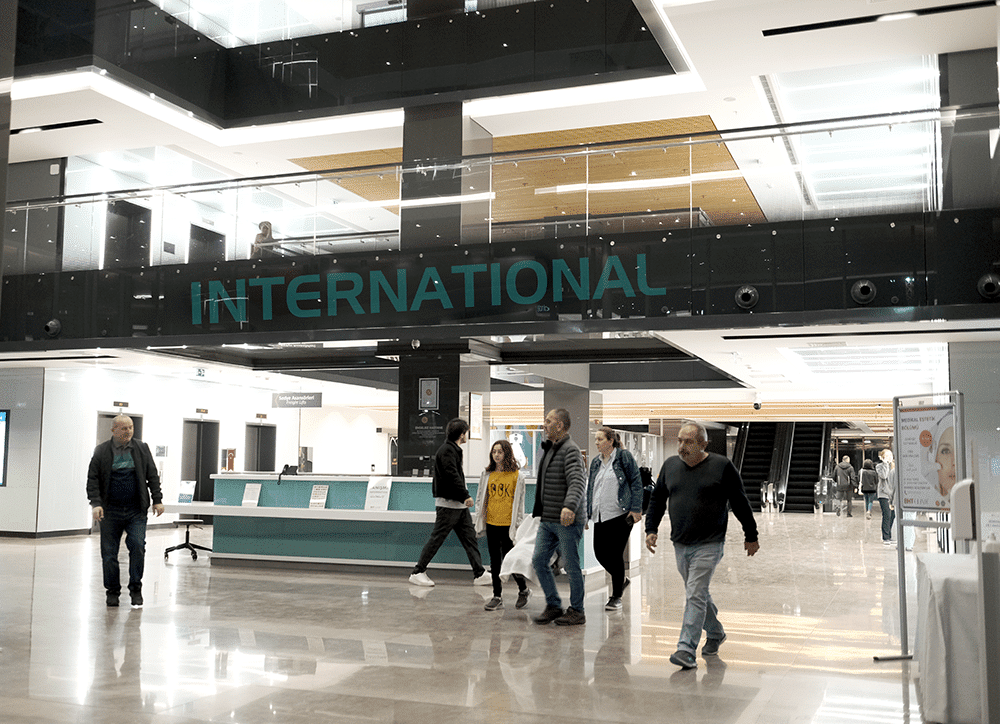
Read more: Obesity surgery cost in Turkey
Initially, the scars will be visible, but they tend to fade over time. Proper scar management and care can help minimize their appearance and make them less noticeable.
Complete removal of gastric sleeve surgery scars is unlikely; however, various methods exist to reduce their visibility. Discuss these options with your surgeon to find the most suitable approach for you.
Yes, there are several scar care techniques to aid in the healing process. These may include keeping the incision area clean, applying scar creams or silicone sheets, and massaging the scars gently.
It is essential to discuss any concerns you have about scarring with your surgeon before the procedure. Understanding the process and potential outcomes can help ease anxiety.
It's natural to feel concerned about the appearance of scars, but it's essential to remember that the surgery aims to improve overall health and well-being. Embracing the journey to a healthier you can help boost self-confidence.
Individual factors such as genetics, age, and overall health can influence scar healing. Following post-operative care instructions diligently can also contribute to better scar healing.
The editorial team of International Clinics
Our medical consultants are available around the clock to answer your questions, completely free of charge.